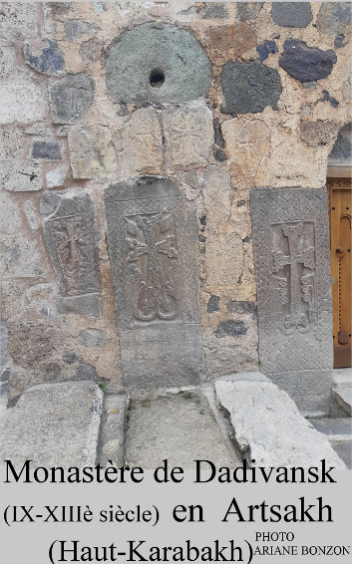This year, Atlantic societies and institutions celebrated the 25th anniversary of the fall of the Berlin Wall in 1989. The images are still gripping and exhilarating — with iconic significance for the end of the Cold War. They generated hope across the world for a reordering of ties among nations, in ways that could drive collaboration on a host of new global challenges already visible on the horizon.
Yet the peal of church bells across Cuba on December 17 may come to be remembered as another, more final symbol of the end of the Cold War. As Cuban President Raul Castro and U.S. President Barack Obama announced moves to normalize relations between the two countries, the last — and the United States’ closest — Cold War standoff finally came to an end.
It is important to remember that the standoff, in its heyday, was far from being a remote asterisk in the East-West conflict. It was probably the closest we came to a nuclear exchange between the United States and the Soviet Union. Cuba helped fuel violence and armed conflict in an Atlantic theater stretching from Central America to Africa.
It is significant that much of our diplomatic engagement on Cuba has involved our Atlantic partners in Europe and the Americas — and that the final breakthrough was facilitated by Canada and the Holy See. President Obama’s announcement is bold and strategic — a major step toward aligning U.S. policy with that of our hemispheric and European friends. It removes one of the last props for some of the surviving pockets of backward-looking anti-Americanism in Latin America, and eliminates an irritant to friends by making it easier for U.S. subsidiaries overseas to engage in trade with Cuba. Most important, it underscores, on the 20th anniversary of the Summit of the Americas process, that the United States is determined to remain a strong player in the Western Hemisphere.
If the Atlantic, north and south, was the venue of conflict and diplomacy over Cuba, it is notable that it is in the Atlantic that the fruits of normalized U.S.-Cuban relations will likely be greatest.
Of all the countries in the Caribbean and Central America, Cuba may ultimately have the greatest capacity and will to contribute meaningfully to regional and global public goods. Its response to the Ebola epidemic in Africa dwarfed that of many large developed states, and its disaster preparedness expertise and response capacity in the Caribbean has long made worthy contributions to neighbors. Cuba also stands out in a region that is criss-crossed by cartel-run trafficking as the state with the most effective control of its national territory and its 3,570 miles of coastline.
It is not a stretch to imagine that its institutional capacity and human capital — in a freer political and economic context — might be important building blocks in a new architecture of regional and Atlantic cooperation. Much of that potential hinges on the outcome of Cuba’s ongoing transition to a more open and sustainable system. Paradoxically, perhaps, the normalization of U.S.-Cuba ties may make it easier for Latin America’s open societies to engage with Cuban society more effectively in support of that transition.
These possibilities, now distinctly more discernible, have been the focus of recent work by GMF and a number of its partners in the Americas and Europe. In Brazil, a particularly thoughtful report (in Spanish) by the iFHC Foundation and Edelstein Center highlights the importance of more focused outreach by democratic Latin American governments and institutions to bolster economic and governance reform in Cuba. The Buenos Aires-based CRIES organized an academic workshop between U.S. and Cuban academics, which put forward a report in November 2012 on proposals for cooperation in areas of mutual interest. GMF hosted encounters in 2014 between leading U.S. and Latin American Cuba experts. The Atlantic dimension of Cuba’s transition was also a topic at the GMF-OCP Policy Center annual Atlantic Dialogues conference, held in Marrakesh in October of this year, which benefited from the participation of one of Cuba’s most prominent young economists.
Much hard diplomatic work remains to fulfill the promise of the new opening between the United States and Cuba. Those efforts will be challenged by serious differences remaining between the two countries, and neither will be inclined to gloss over them. In the past, those differences empowered hardliners in the Cuban government and in the U.S. Congress to stymie closer ties. Today, the process of rebuilding those relations can be strengthened by their clear power to leverage important and practical new collaboration that benefits countries far afield.
A torrent of thoughtful commentary is coming forward, naturally enough, on the effects of normalization on U.S. politics and on Cuba. But there may be an even bigger story here in terms of a new calculus of cooperation, in multiple fields, that can take hold. That cooperation will have a distinctly Atlantic character, befitting a society such as Cuba’s that is truly a crossroads of Atlantic cultures, and whose people continue to hold to values that are widely shared throughout the Atlantic — south, north, east, and west.

